After years of losing market share to nimbler rivals and struggling with internal inadequacies, the chip company is once again embarking on an ambitious turnaround effort, this time under new CEO Lip-Bu Tan.
Mr. Tan’s tenure began with a series of drastic, sometimes harsh, strategic changes, most notably widespread layoffs and a bold move to use artificial intelligence (from partner Accenture) for the company’s marketing.
What made Lip-Bu Tan make this pivotal decision?
“Turnaround” Strategy: Fire
In March, Lip-Bu Tan's appointment as CEO clearly signaled an intention to turn things around quickly and aggressively at Intel.
With a reputation for deep industry connections and a philosophy of “doing the most with the least,” Mr. Tan quickly executed his vision.
The highlight of this strategy is a massive layoff, with reports indicating a 21-25% cut in Intel's total workforce, affecting more than 10,000 employees globally.
The layoffs are part of a larger plan to streamline operations, reduce layers of management and improve revenue and profit margins per employee.
From a traditional management perspective, initiating a large-scale layoff as soon as a new CEO takes office, especially during a restructuring period, is often considered an effective strategy.
It allows the new leader to quickly reset the cost structure, demonstrate a serious commitment to change, and attribute difficult, but necessary actions to “old people” or challenging market conditions.
This approach aims to create a leaner, more agile organization that is expected to be better positioned for future growth.
Mr. Tan himself has described the layoffs as the start of a “marathon” to help Intel become more agile, similar to rivals like AMD and Nvidia.
For Intel, however, this latest round of job cuts carries a unique and potentially troubling weight.
A series of significant layoffs have plagued the company in recent years. In August 2024, under the leadership of former CEO Pat Gelsinger, Intel cut 15,000 jobs, representing more than 15% of its workforce at the time.
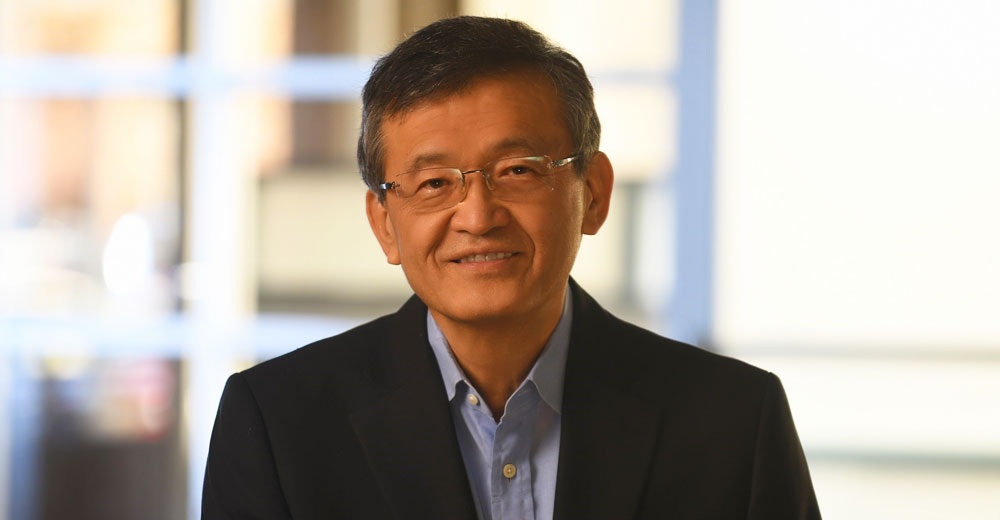
New CEO of Intel Technology Corporation Lip-Bu Tan (Photo: Intel).
This follows another significant round of cuts of 12,000 employees by 2022.
The current cuts are the third major round of layoffs in just over a year. Such large-scale, repeated reductions in workforce can have a corrosive effect on employee loyalty, the ability to retain key talent and overall efficiency.
Employees who survive multiple rounds of layoffs often experience “survivor’s syndrome,” increased stress, and a pervasive sense of insecurity, leading to reduced engagement and productivity.
This continued instability could further destabilize a company already struggling with morale and brain drain, making the road to recovery even more difficult.
Marketing Decline: The Fading Echo of “Intel Inside”
Over the decades, Intel's marketing prowess has been legendary, thanks in large part to the visionary leadership of Dennis Carter.
As Intel's then-chief marketing officer, Carter spearheaded the iconic "Intel Inside" campaign launched in 1991. The campaign transformed Intel from a little-known component supplier into a household name, creating a strong brand identity that resonated with consumers.
The familiar "bong" sound and "Intel Inside" sticker became synonymous with quality and innovation, driving billions of dollars in chip sales, and setting a new model for branding in the technology industry.

Intel is one of the largest chip manufacturing corporations in the world (Photo: Online Business).
However, after Dennis Carter retired in 2000, Intel's marketing luster began to fade.
The company has struggled to recreate the consistent, impactful messaging that defined its heyday. Over the years, Intel’s marketing efforts have become less cohesive, often failing to effectively communicate its technological advances or counter the growing narratives of its competitors.
More recently, Intel has faced the challenge of maintaining a stable chief marketing officer (CMO).
The lack of consistent, long-term leadership in marketing has certainly contributed to the perceived decline in the company's brand strength and market presence.
Intel Bets on Marketing with Accenture's AI
Amid a glorious marketing past and recent struggles, Intel announced a dramatic change: Outsourcing a significant portion of its marketing functions to Accenture, leveraging the company's artificial intelligence technologies.
The move ties directly into the new CEO's cost-cutting and lean initiatives that include potential staff cuts, with only lean teams remaining in the marketing department.
Some affected employees may even be required to train replacements from Accenture during the transition.
Given Intel's recent struggles maintaining a strong internal marketing function and retaining CMOs, outsourcing could offer potential benefits such as:
In line with Mr Tan's aggressive cost-cutting programme by reducing overheads and fixed costs.
The promise is to “modernize” capabilities and enhance the brand by “leveraging AI-driven technologies” to speed up work, simplify processes and reflect best practices.
Leveraging the specialized AI tools and expertise of an outside company could theoretically provide a much-needed boost in efficiency and data-driven insights, allowing remaining internal teams to focus on higher-value strategic and creative projects.
AI Marketing is Full of Dangers
The decision to rely heavily on AI for marketing carries both exciting promises and significant risks.
The beauty of AI in Marketing is that it offers many great advantages, excelling at improving efficiency by automating routine tasks like lead scoring, email campaigns, and chatbot interactions.
The ability to process customer data quickly and accurately enables deeper analysis of customer engagement and more predictable customer behavior.
This enables optimized marketing campaigns by targeting specific audiences with greater precision, identifying the most likely to convert leads, and optimizing messaging for maximum effectiveness.
At an organization of Intel’s size and scope, which needs to process large amounts of technical data and diverse customer segments, AI’s analytical capabilities can play a critical role in identifying market trends, optimizing advertising spend, and personalizing customer experiences at scale.

However, relying on AI for something as human as marketing poses real risks — most notably the loss of creativity and originality.
AI can create content, but it often lacks the emotional depth, nuance, and sophistication that defines human creativity.
The results can be mechanical or generic, leading to ineffective campaigns and undermining brand authenticity. For a company like Intel, which has thrived on emotional connection, that’s a serious concern.
Another significant pitfall is the risk of information bias and “illusionment”. AI models, however powerful, are only as good as the data they are trained on.
If the data is biased or flawed, the AI output can be inaccurate or even fabricated, leading to erroneous marketing decisions or unfairly targeted advertising.
Over-reliance on AI risks overshadowing human intuition and strategy, resulting in bland and uninspired content.
Furthermore, using AI for customer interactions, such as chatbots, while effective, often fails to replicate the warmth and empathy of human connection, resulting in a cold transactional experience for customers.
Finally, data privacy concerns are also looming, as AI requires the collection and analysis of large amounts of customer data, requiring strong safeguards and transparency.
Intel's latest turnaround effort, led by CEO Lip-Bu Tan, is a big gamble.
Massive layoffs, while a standard restructuring tactic, risk further eroding employee morale and talent retention in an already volatile environment.
Accenture's bold move to outsource marketing to AI, while offering potential benefits in terms of cost-cutting and efficiency, is entering uncharted territory.
AI can certainly enhance marketing through data analytics and automation, but the challenge for Intel will be to ensure that this technological leap doesn't come at the expense of the true creativity, human connection, and authentic brand storytelling that made "Intel Inside" a global phenomenon.
The success of this turnaround effort will depend not only on financial restructuring and technological capabilities, but also on Intel's ability to navigate the complex human and brand impacts of its radical transformation.
Source: https://dantri.com.vn/cong-nghe/canh-bac-de-vuc-day-intel-sa-thai-hang-loat-dat-cuoc-vao-ai-20250724185658470.htm


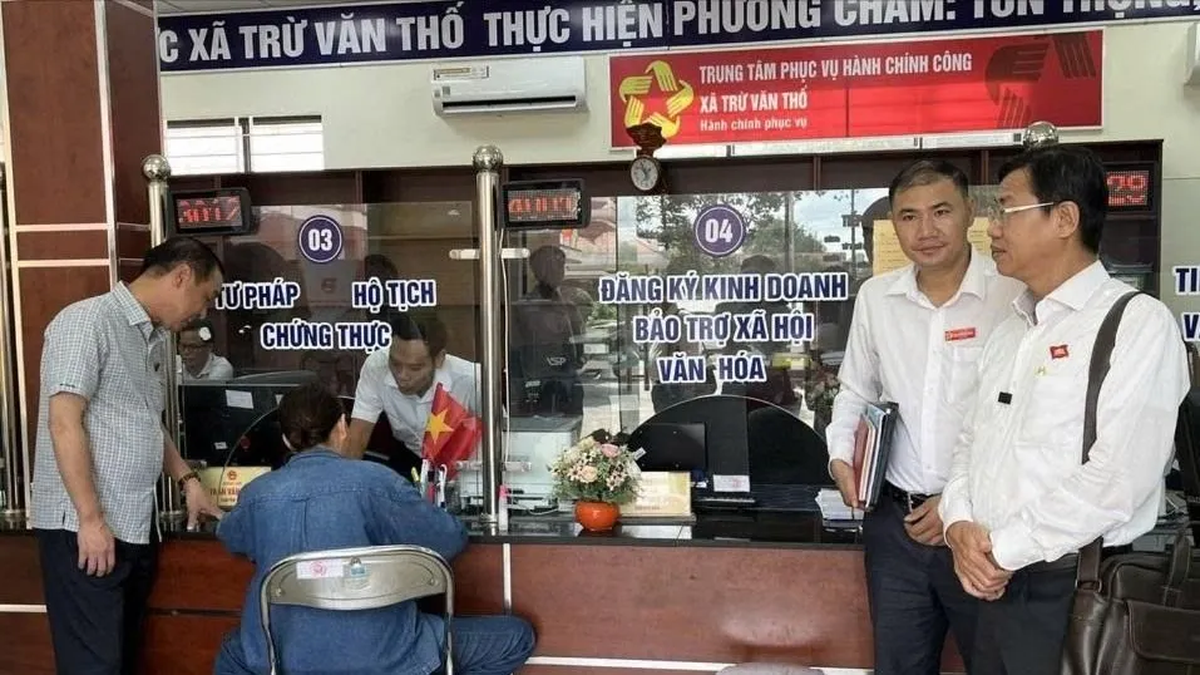
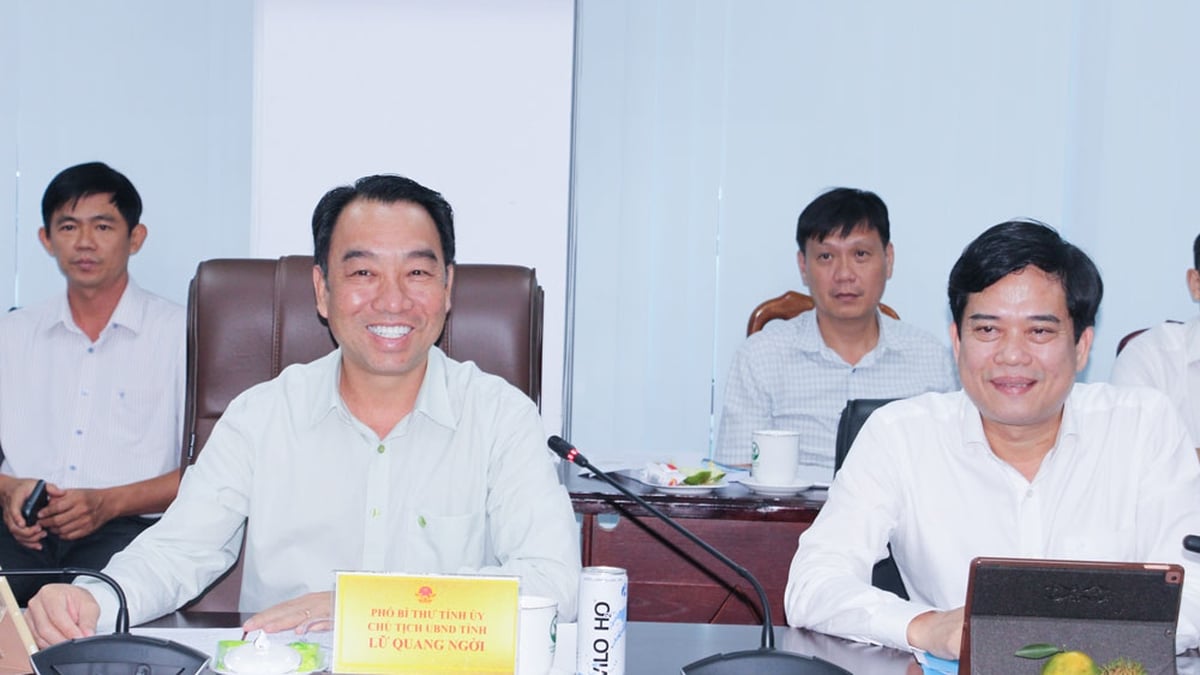
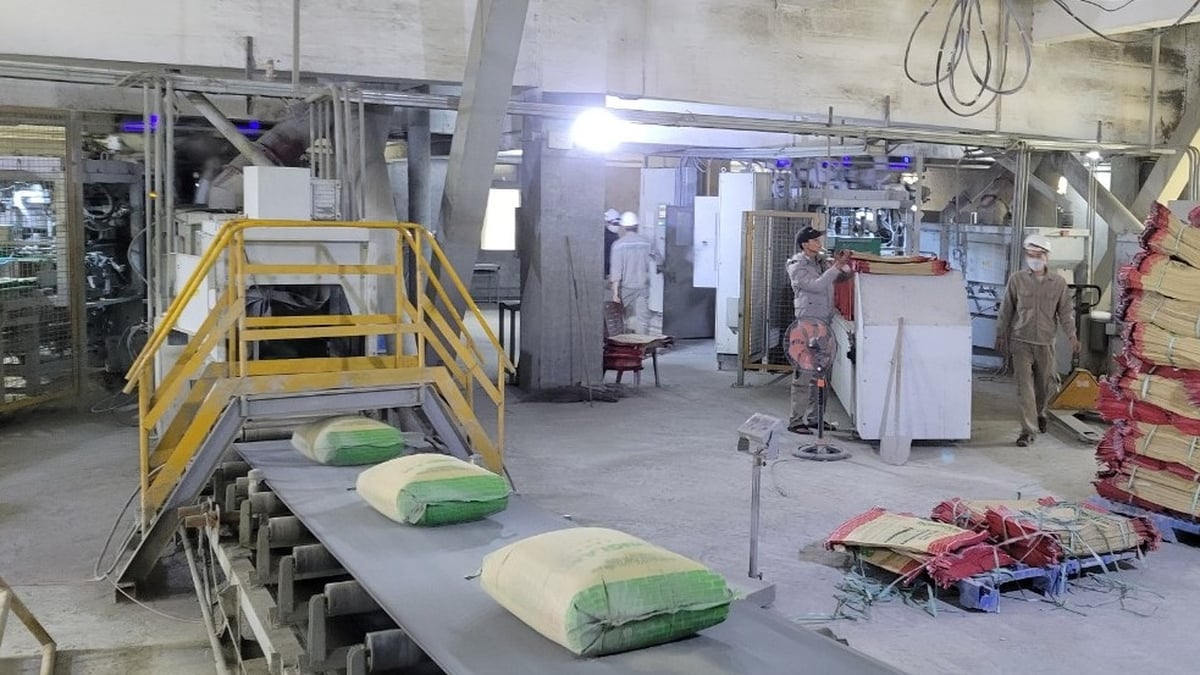
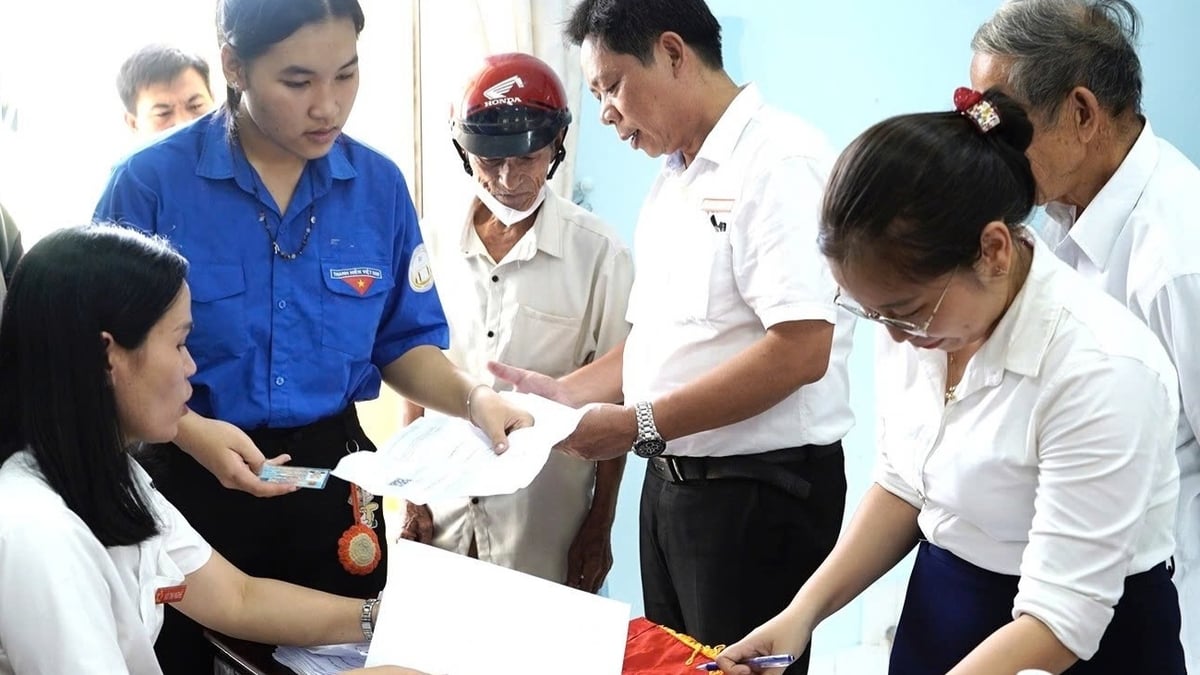
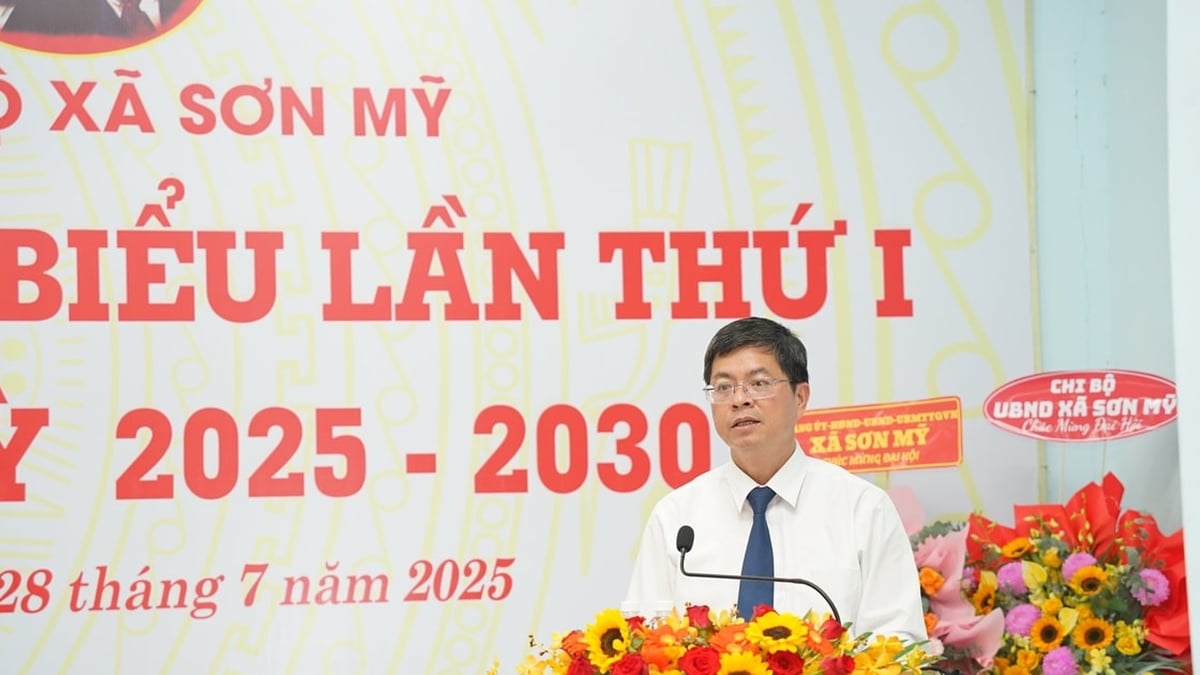
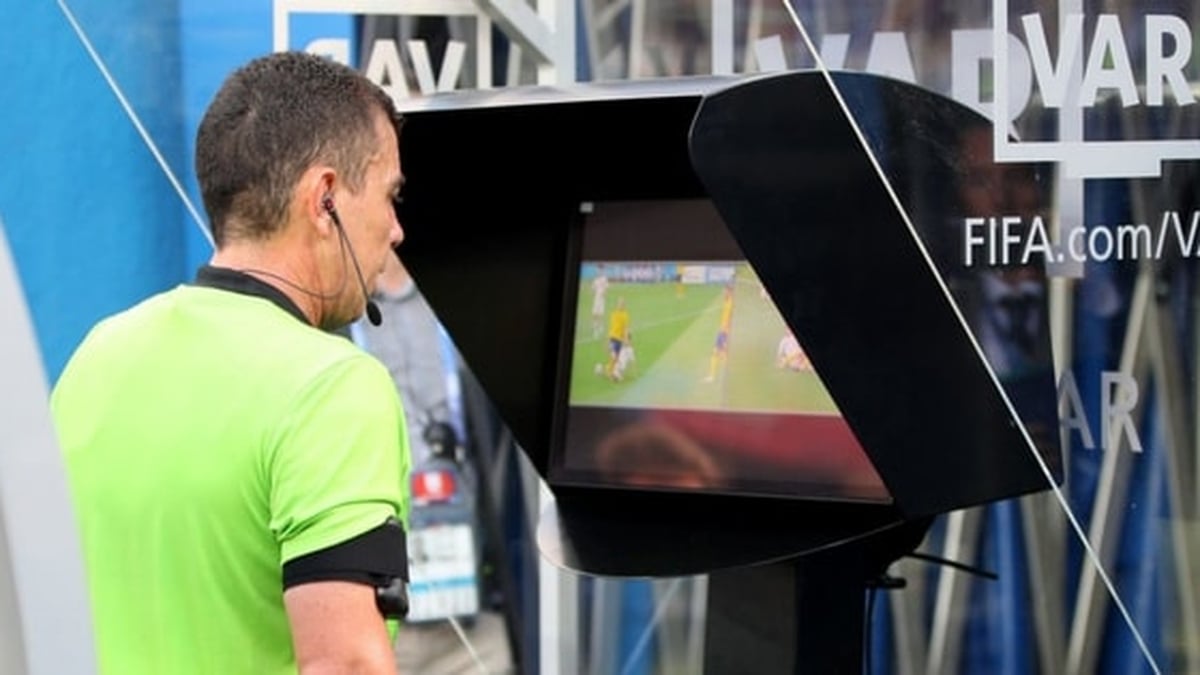
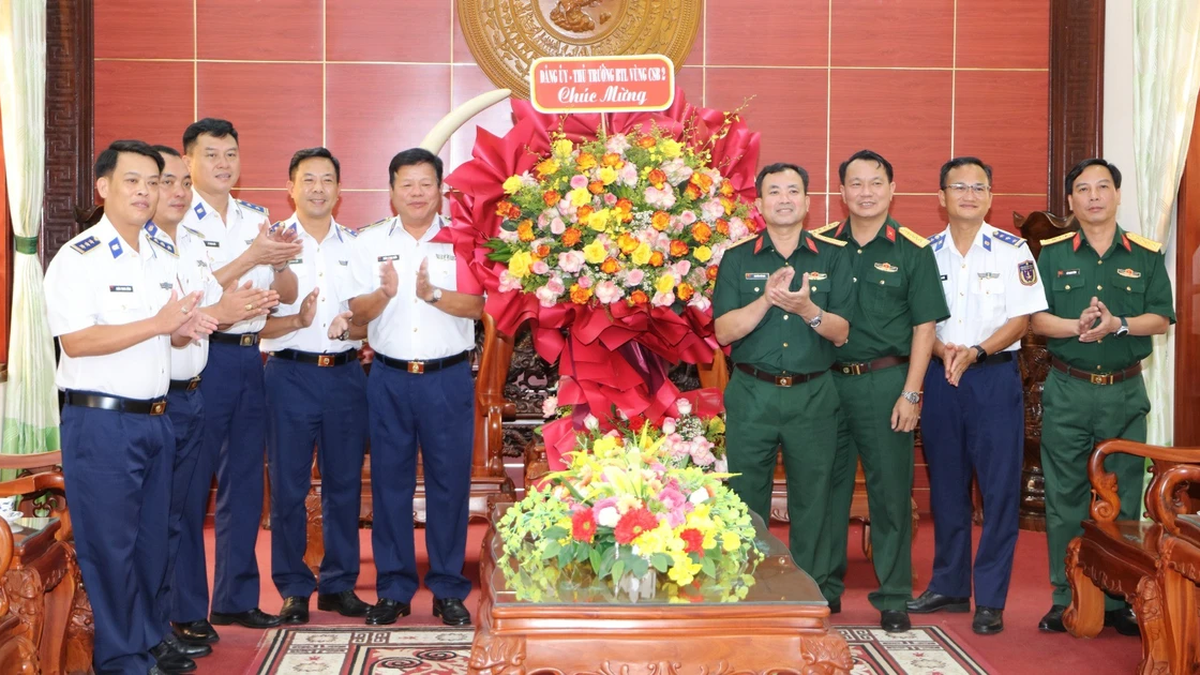

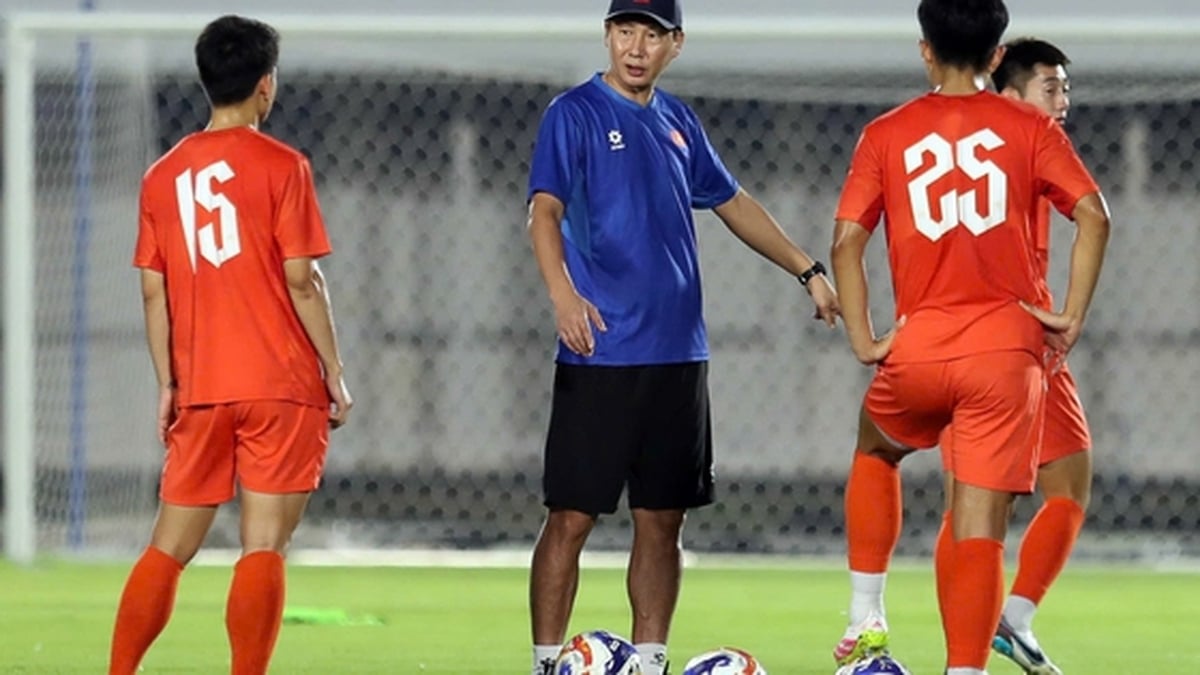
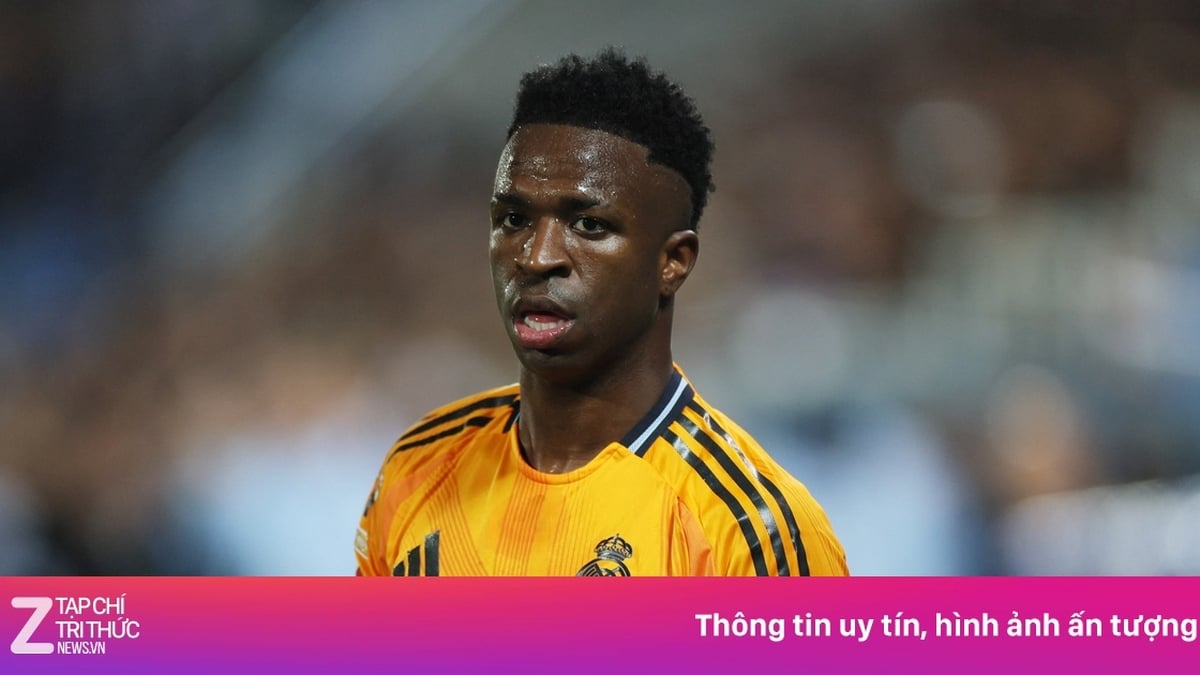











![[Photo] National Assembly Chairman attends the seminar "Building and operating an international financial center and recommendations for Vietnam"](https://vphoto.vietnam.vn/thumb/1200x675/vietnam/resource/IMAGE/2025/7/28/76393436936e457db31ec84433289f72)



















































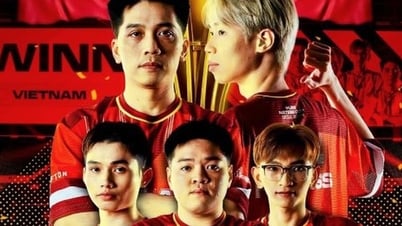



















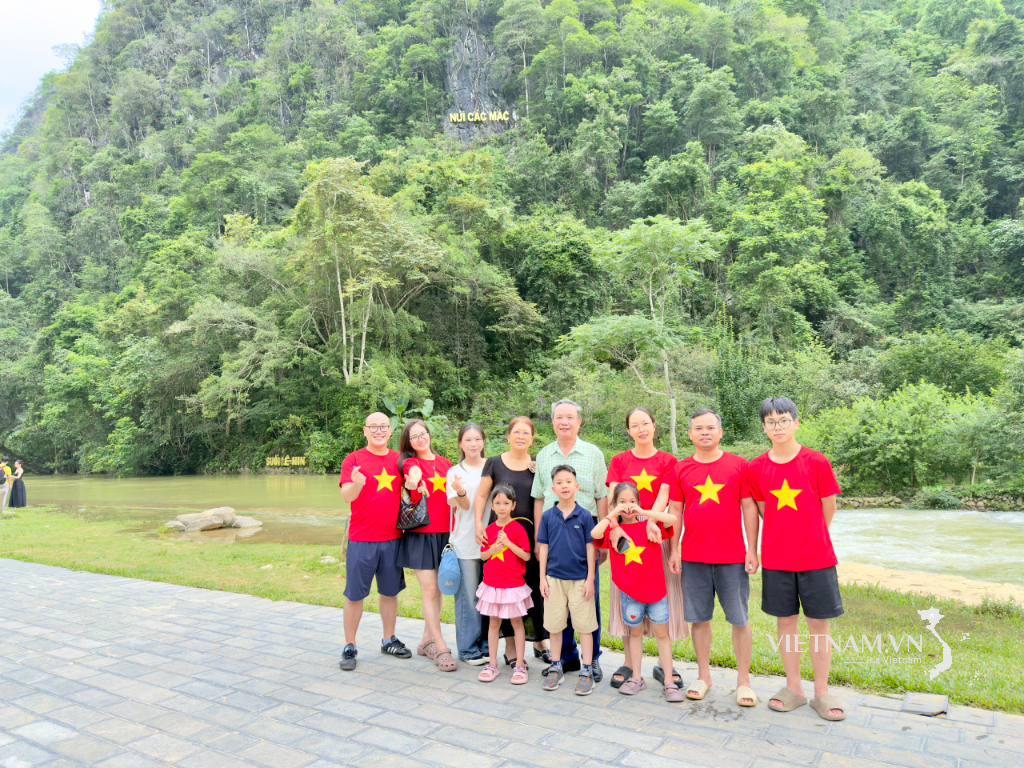



Comment (0)